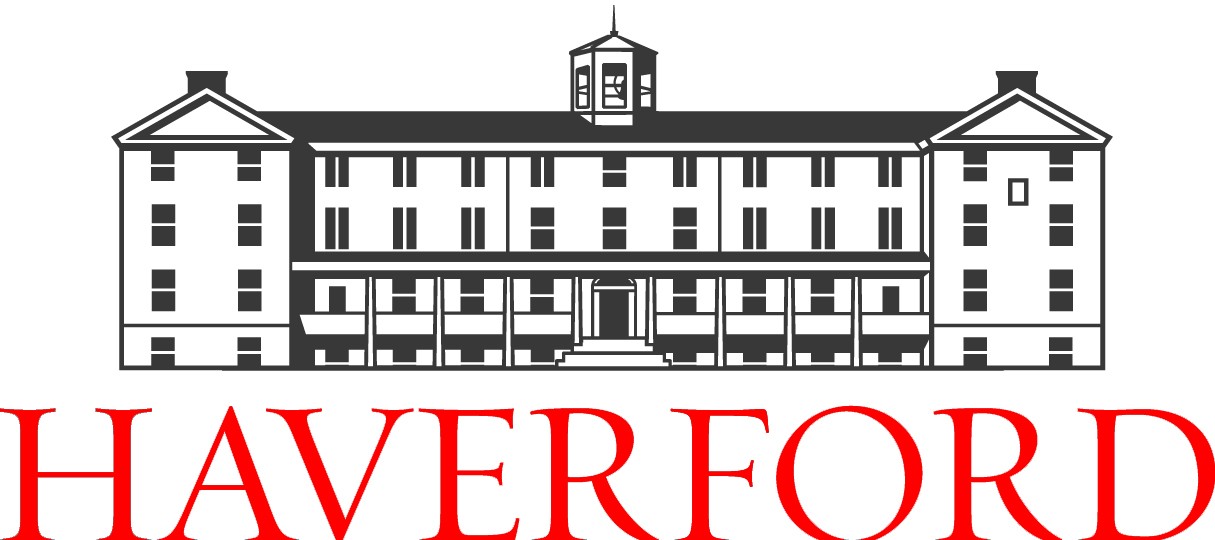FiveThirtyEight blog, the site that makes statistics cool, is best known for predicting political races and athletic performance (especially baseball), but has recently began expanding into a number of new frontiers. This week the blog questioned how we
traditionally predict college success. Although it varies across colleges and universities, the traditional application materials include high school GPA, standardized test scores, letters of recommendation and personal essays. The blog notes that a score of 1550 on the SAT (about 52-61% on the subcategories) give a student a 65% chance of attaining a B- average in the first year and a 69% chance of graduating within 6 years, while students scoring below 1550 have a 45% chance of graduating within 6 years. For ACT scores, a student with a 22 (out of 36) in math have a 50% chance of attaining a B in college algebra. However, only 40% of test takers hit college readiness levels in 3 or 4 of the tested subjects and 33% of test takers didn't meet benchmarks in any subject.
However, many argue that standardized tests do not accurately predict college performance like William Hiss who was quoted in the article saying:
“What we have found is that in a significant number of cases, the students who have perfectly sound high school records, but much less impressive SAT scores, do fine in college”
Besides arguing about the value of using standardized test scores and high school GPA to predict college success, FiveThirtyEight wades into their favorite territory of using esoteric and mystical measures like "noncognitive" measures to predict future performance. The mention skills like grit, motivation and perseverance (which are all sound like synonyms of conscientiousness - but I guess I shouldn't question something that was awarded a
MacArther Fellowship) as well as the "hidden curriculum" which includes scheduling meetings and reaching out to the right people for help.
From my own experience in college, graduate school and teaching a number of first-year college courses I've developed a number of suggestions for first-year college students transitioning from high school. At Coe College, I asked first-year students to write
wiki entries about topics that are important for first-year students, but these were topics that college students should be aware of or face, not topics that would necessarily help them transition to college.
In no particular order these are my suggestions to help students handle the challenges of college:
Join a club, sport or activity that gets you to campus early. While many campuses offer a week zero or transition week for first-year students, any chance to spend as much time on campus as possible and meet older students gives you a chance to get advice from people who have gone through what you are going through and explore the campus without the scheduled events of week zero. In my experience, I played soccer and was able to move to campus more than a week before week zero and met all of the other athletes on campus early, make friends on the team and explore campus, including moving into my dorm room first before the rest of the first-year class.
Time-management. Most students are used to going to class for some number of hours straight and when faced with a college schedule that could include an 8:00AM class and a 6:00PM class with nothing in between can get lost. A typical class schedule may include 3 M/W/F 50 minute classes a 3 hour lab and 1 T/Th 80 min class which means only a little over 13 hours in class. Depending on the course, it is suggested that you study 2-4 hours per hour in class which means somewhere between 26 and 52 hours of studying per week. This means that you should spend between 39 and 65 hours per week on school material or between 5.6 and 9.2 hours per day. If you make sure you get your sleep and get 8 hours per day you have between 6.7 and 10.3 hours per day left to work, participate in extracurriculars, and have fun. After working a 20 hour per week part time job you'll have between 7.4 and 3.8 hours per day for extracurriculars and fun. To some people, this may not sound like much but if you plan and use your time well, then it works well. This works especially well if you plan your part time job well. For example if you have a job that allows you to spend a lot of your time studying (e.g., office work, dorm front desk) or allows you to save money (e.g., working in the cafeteria or at a restaurant and getting free meals every shift) then you can double up on your time. Another great use of your part-time job is to use it as an applied study of what you're interested in for a career.
Engagement. Most of the complaints that I hear about higher education (e.g., teachers not teaching enough, students not learning, etc.) come from a misunderstanding of what college does and is for. In my experience this misunderstanding is addressed above in the time management section, that college is limited to the 39-65 hours per week going to class and studying for class. Before describing other aspects of engagement, engagement starts in the classroom. If the material isn't something that you're interested in, engage in the basic/broad skills that underlie every course. No, teachers do not spend only 3 or 13 hours a week working, no, students do not spend 40 hours a week "going to college" and spend the rest of it partying. To me, some of the most important parts of college come outside of the classroom and studying for class in the form of engaging with something. This could be engaging with the material that your learning in an applied way like an internship or research experience. This could be from the club or extracurricular you join. While a number of people note that they need to work as many hours as possible to even have the ability to attend college, I counter that unless your jobs are helping you in someway (e.g., allowing you to study, reduce spending in some area or preparing you for your future employment) you should cap study at 20 hours per week. Students should take every opportunity to engage in their interests as possible and also check what their college offers. Most colleges offer a number of hidden gems that are sometimes not widely advertised. These gems range from assistance with courses (e.g., writing/math centers, tutoring), help finding jobs (e.g., work study, alumni foundation) and preparing for your future. Earlier I noted that college students studying 10.3 hours, working 2.85 hours and sleeping 8 hours a day still have 3.8 hours a day to participate in extracurriculars and have fun. These ~4 hours are probably among the most important in college and the part that separates successful from unsuccessful use of your time in college.
Look for and ask for help. College is hard and it is almost impossible to do by yourself. The blog noted the "hidden curriculum" of college and while it is difficult for some people, its important to reach out. In a limited version of this advice, I always urge students to visit office hours at least once. In a broader version, colleges have a number of avenues to help you find help. In courses you can either reach out to the professor or in larger sections, the TA. In your dorm you can reach out to your RA/JC and outside those domains, you can often find offices for health and academic support. I had some difficulty transitioning academically and reached out to two of my professors first semester to help me in their courses. Colleges and Universities may even have special organizations set up to help people. At the University of Iowa I was a mentor in
Critical MASS which helped students after they faced trouble or problems in order to help them find things they were interested in or helped them achieve goals.
These suggestions are fairly broad but can help lead to more specific advice. I'd be interested to hear what other people suggest would help students transition to college. Relating back to the FiveThirtyEight blog, I'd suggest students who have good time-management are willing to engage, and who are willing to reach out for help would have the best chance for success.











